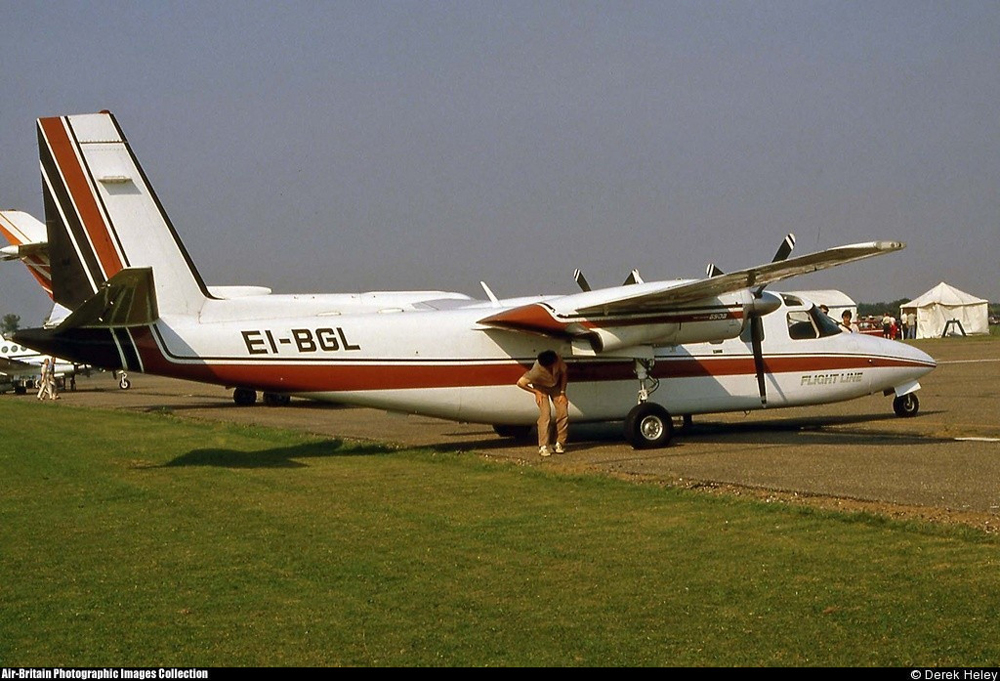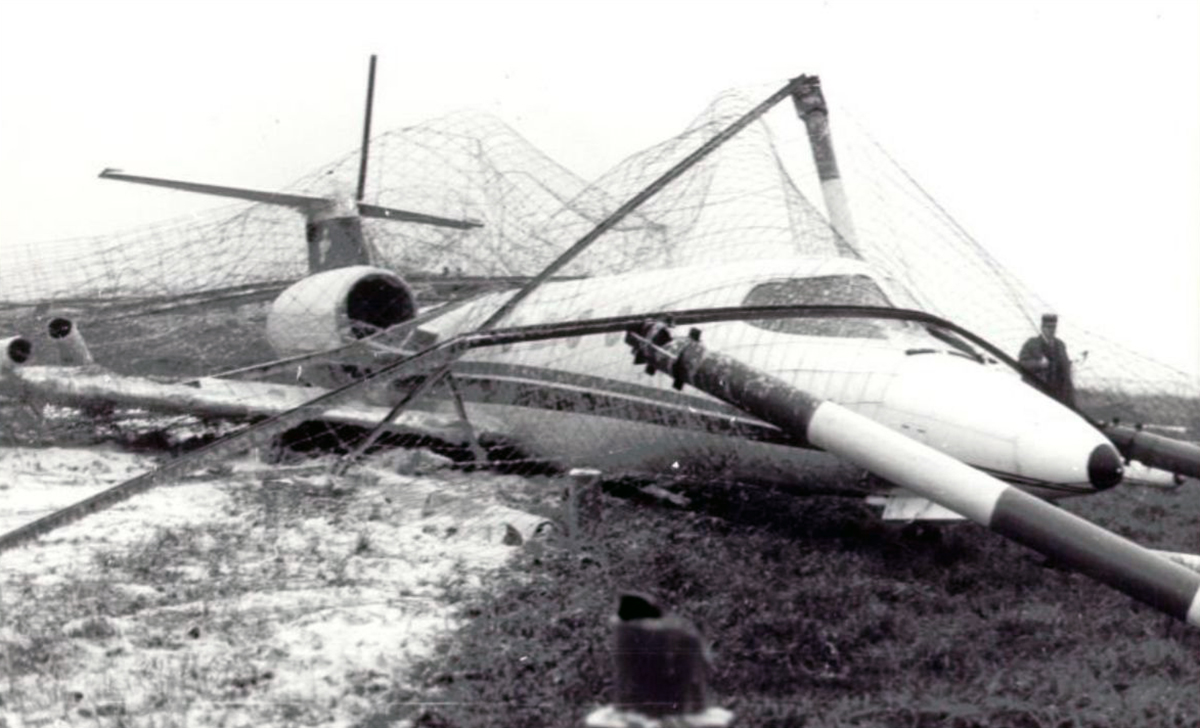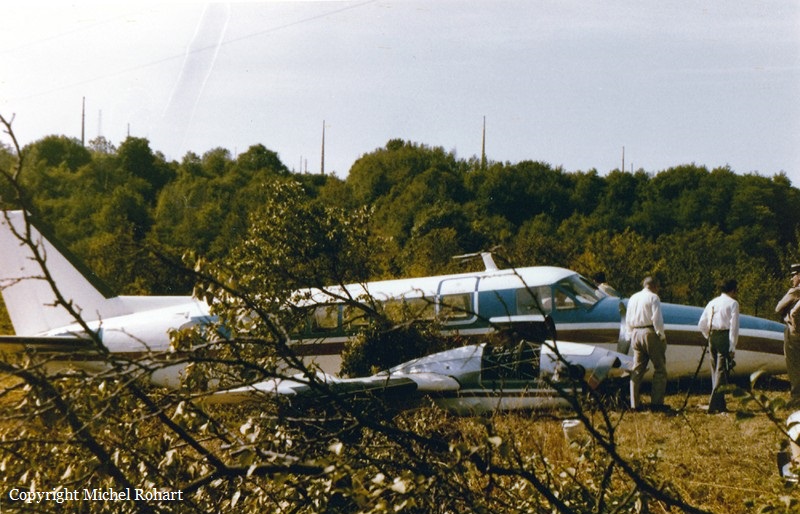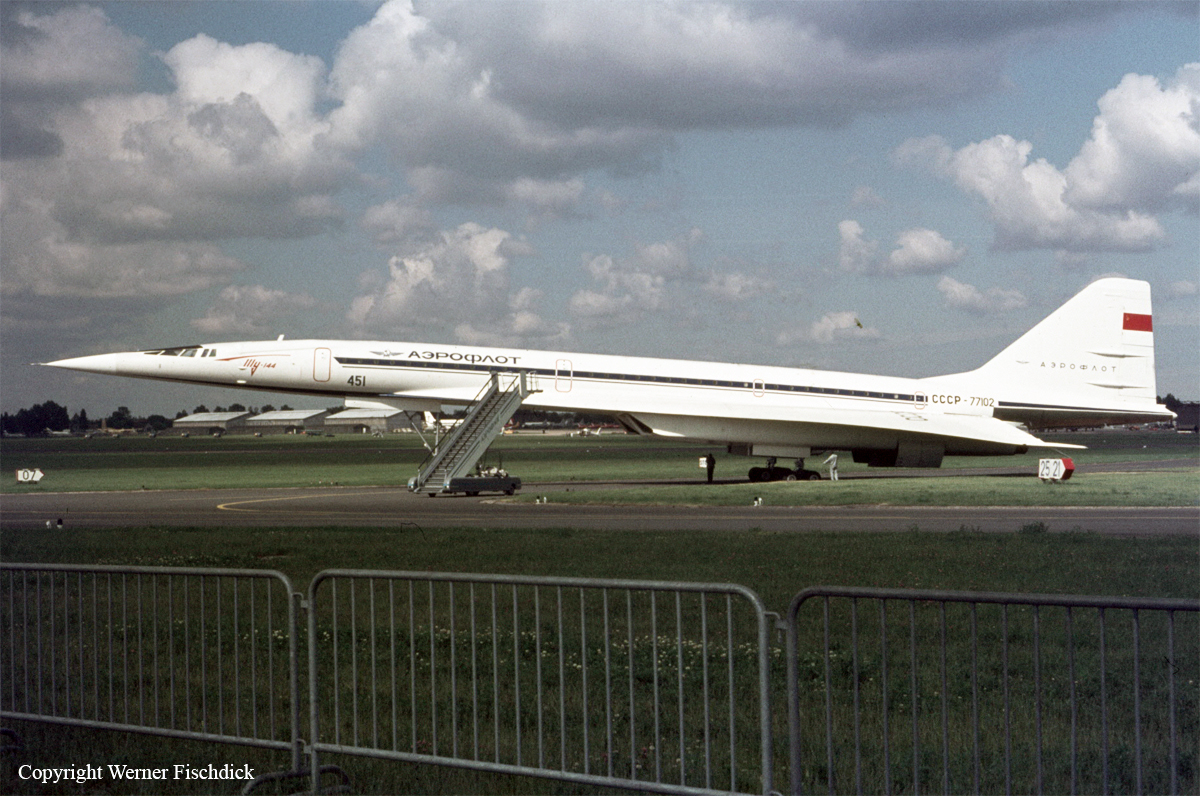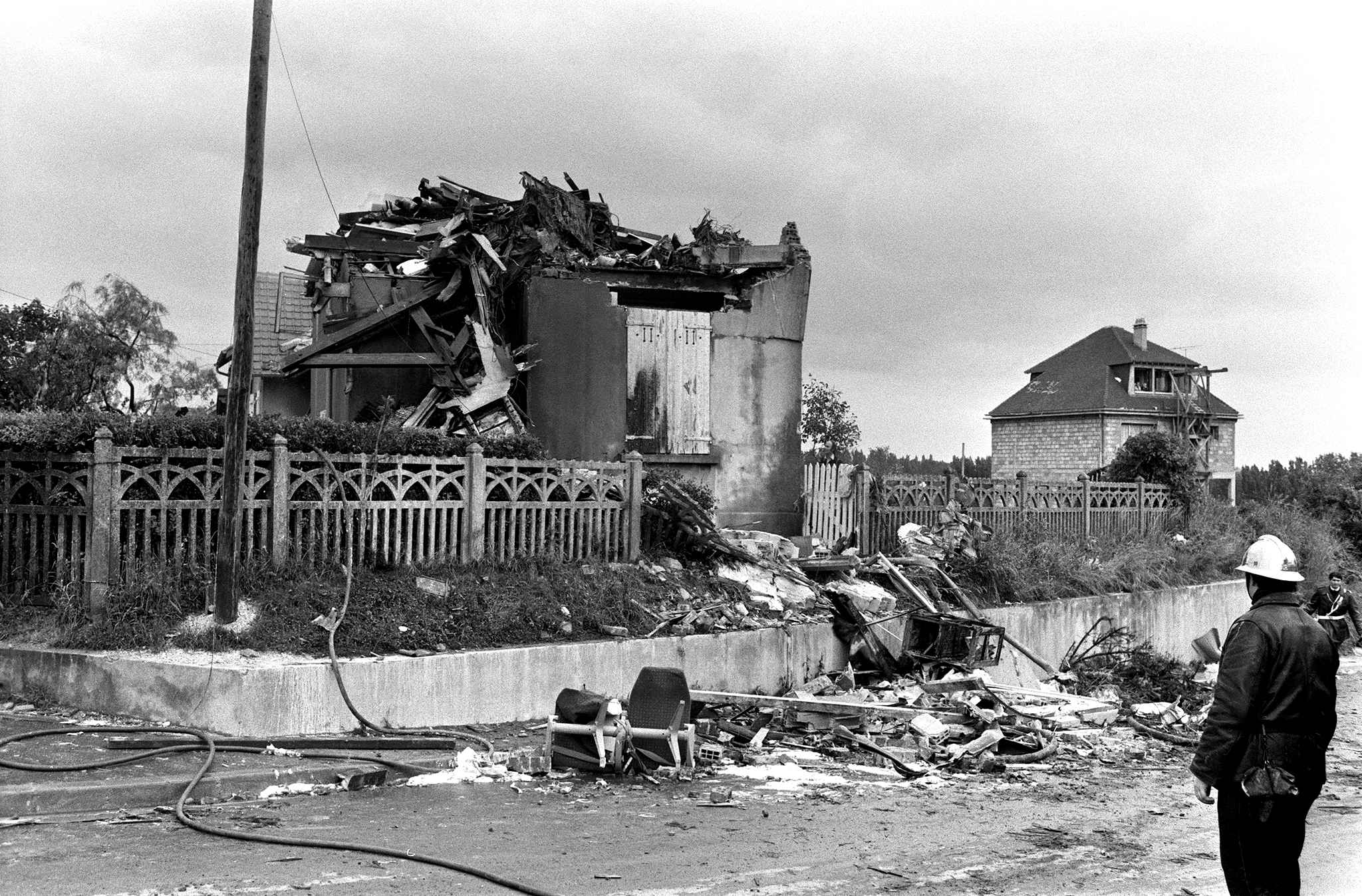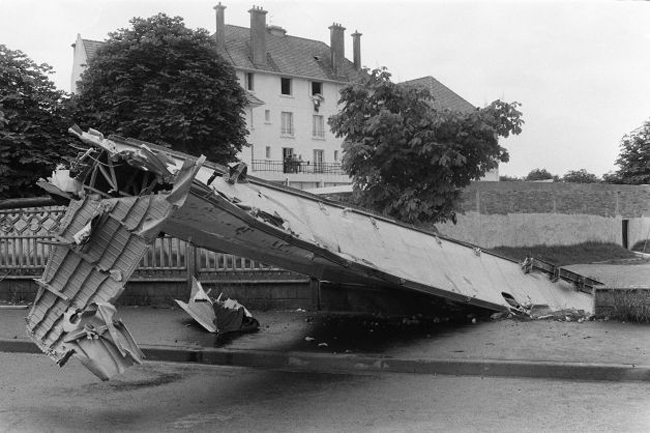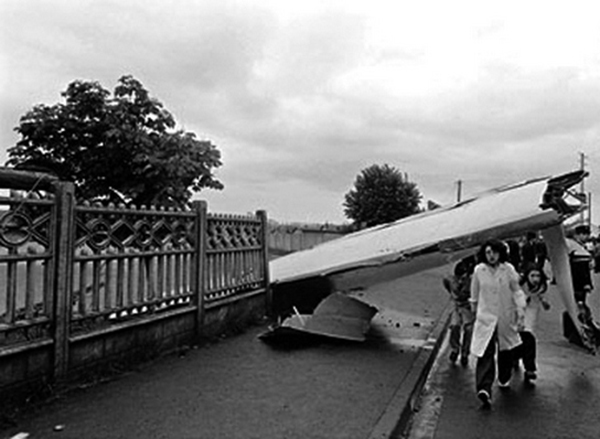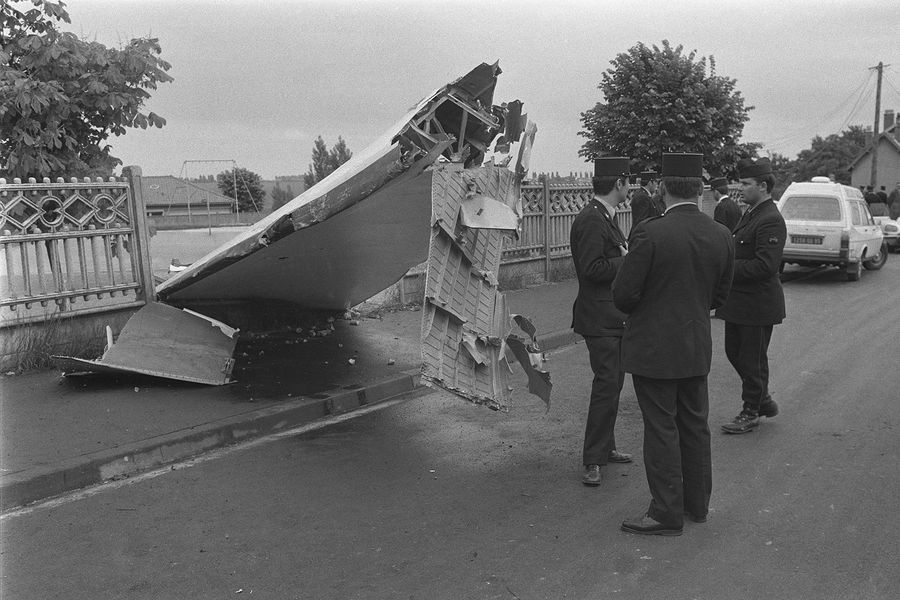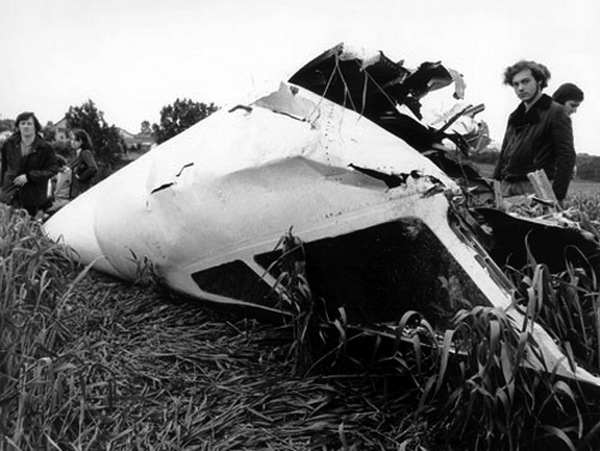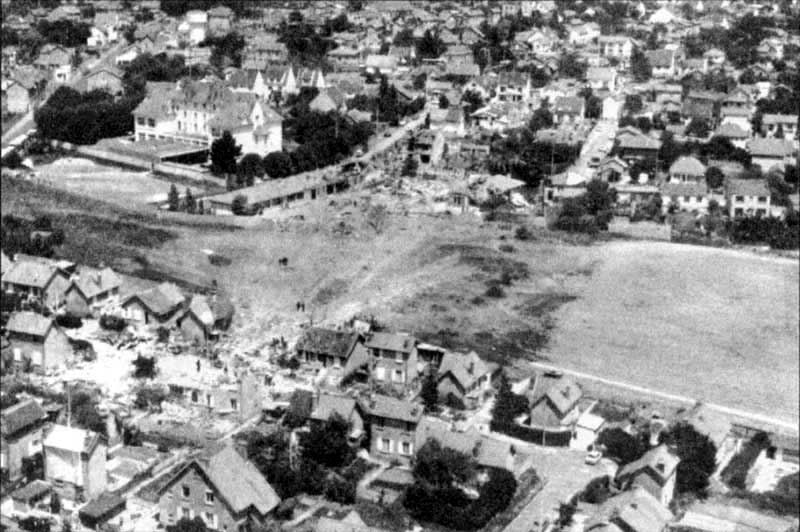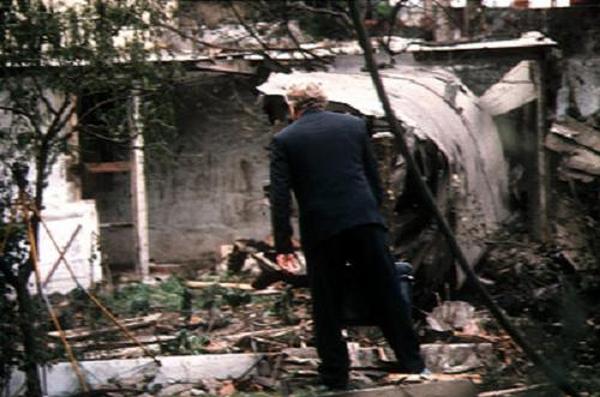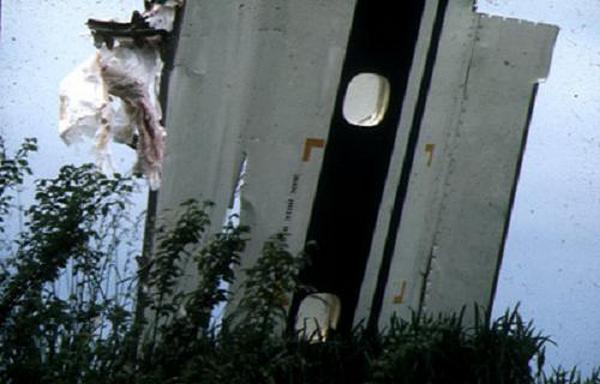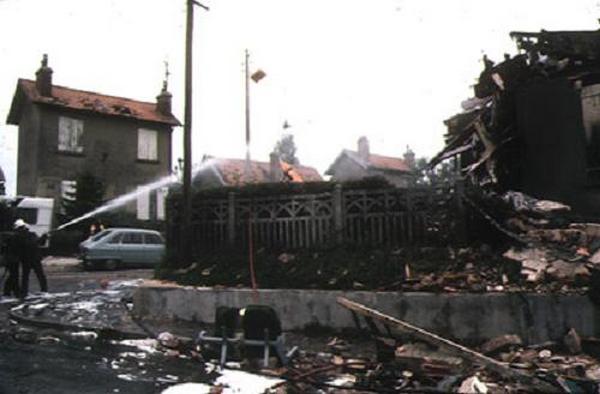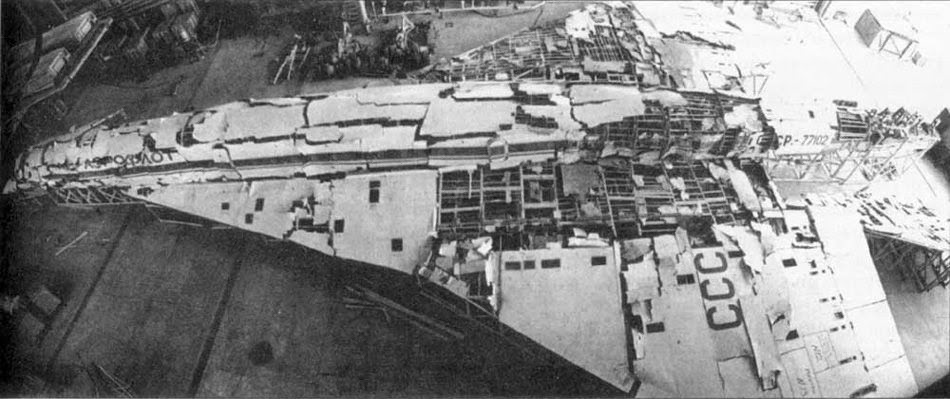Crash of a Piper PA-31T Cheyenne in Paris: 7 killed
Date & Time:
Dec 12, 1984 at 2200 LT
Registration:
F-GDPJ
Survivors:
No
Schedule:
Torino - Paris
MSN:
31-7620006
YOM:
1976
Crew on board:
2
Crew fatalities:
Pax on board:
5
Pax fatalities:
Other fatalities:
Total fatalities:
7
Circumstances:
The twin engine aircraft was returning to Paris following a charter flight from Torino-Caselle Airport, carrying four journalists, a member of the AFP Agency and two pilots. On final approach to Paris-Le Bourget runway 07 by night, the crew encountered limited visibility due to foggy conditions. Apparently in an attempt to establish a visual contact with the approach lights, the crew failed to realize his altitude was too low when the aircraft struck the roof of a warehouse and crashed in Garges-lès-Gonesse, less than 2 km short of runway 07 threshold. The aircraft was destroyed by a post crash fire and all seven occupants were killed.

